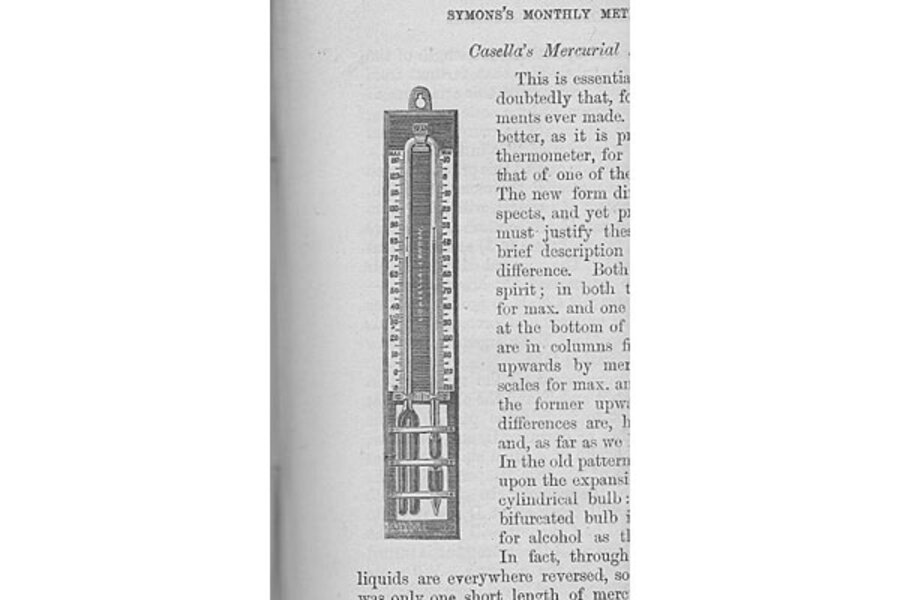New findings overturn Libya temperature record
Loading...
El Azizia, Libya, no longer holds the title for "world's hottest temperature." Today, that record passes to Death Valley, Calif.
No, a heat wave didn't pass through the notoriously baking area yesterday. The new record-setting temperature of 134 degrees Fahrenheit (56.7 degrees Celsius) was actually recorded in Death Valley on July 10, 1913.
The temperature is only now being recognized because the previous record high temperature of 136.4 F (58 C) in El Azizia has been overturned by the World Meteorological Organization after an in-depth investigation by a team of meteorologists. The record temperature had long been thought dubious, but this new study has finally made the persuading case to overturn it, 90 years to the day after it was made.
A measurement in doubt
The Libyan temperature had been recorded on Sept. 13, 1922, at an Italian army base. It had long stood out as an oddity, even though Libya certainly sees hot temperatures: El Azizia is located about 35 miles southwest of Tripoli, which lies on the Mediterranean coast. The waters would have a tempering influence on temperatures in the area, all of which weren't nearly as high as the record temperature.
"When we compared his [the thermometer reader's] observations to surrounding areas and to other measurements made before and after the 1922 reading, they simply didn't match up," said team member Randy Cerveny, of Arizona State University, in a statement.
Cerveny and the other members of the international team dug through historical records to evaluate the plausibility of the temperature.
The team was able to find and locate the original log book in which the temperature was recorded. From it and other sources they were able to identify five major problems with the record temperature: it was made a new and untrained observer; it was measured with an instrument that was antiquated even at that time; the observation site wasn't representative of its surroundings; it didn't match other temperatures measured in the area; and it didn't match later temperatures taken at the site.
"We found systematic errors in the 1922 reading," said Cerveny, who also is the Rapporteur of Climate and Weather Extremes for the WMO, the person responsible for keeping worldwide weather records.
Essentially, the case likely boiled down to someone inexperienced incorrectly reading a thermometer that could easily be misread, the team concluded. The resulting reading was too high by 12.6 F (7 C), they found.
Not just for bragging
Officially, the "new" world record temperature extreme is 134 F (56.7 C), recorded on July 10, 1913, at Greenland Ranch in Death Valley, Calif. [Hell on Earth: Tour Death Valley]
Of course, the record isn't just good for bragging rights. It also helps communities that experience extreme temperatures to properly plan and build for such extremes.
Accurate measurements of past temperatures also help scientists better understand the Earth's climate and weather.
"The end result is an even better set of data for analysis of important global and regional questions involving climate change," Cerveny said.
Copyright 2012 OurAmazingPlanet, a TechMediaNetwork company. All rights reserved. This material may not be published, broadcast, rewritten or redistributed.





